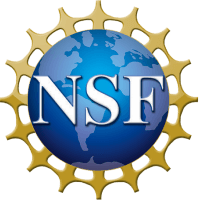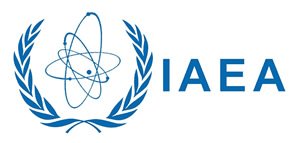RSS feed source: National Science Foundation
Synopsis
The FAIROS Program seeks to support a broad range of transformative open science activities including but not limited to i.) Research, education, and socio-technical cyberinfrastructure development capacities that advance sustainable multi-disciplinary findable, accessible, interoperable, reusable (FAIR) research data management (RDM) and open science capabilities, ii.) Piloting new models of scientific communication and publication that improve efficiency and accessibility, iii.) Developing FAIROS data portals, research data commons, RDM as a national service, and iv.) Lowering barriers to accessing, curating, integrating, linking, managing, sharing, and storing data across many disciplinary domains, irrespective of data size.
The program supports innovation across the cyberinfrastructure (CI) ecosystem to address accessibility, data curation, research data management, discoverability, reliability, reproducibility, preservation, sustainability, and utility of research products, including data software, and code, developed as part of funded projects.
FAIROS proposals must select one of two tracks to focus on, either: 1) Disciplinary Improvements to targeted scientific communities, or 2) Cross-Cutting Improvements that apply to many
Click this link to continue reading the article on the source website.

